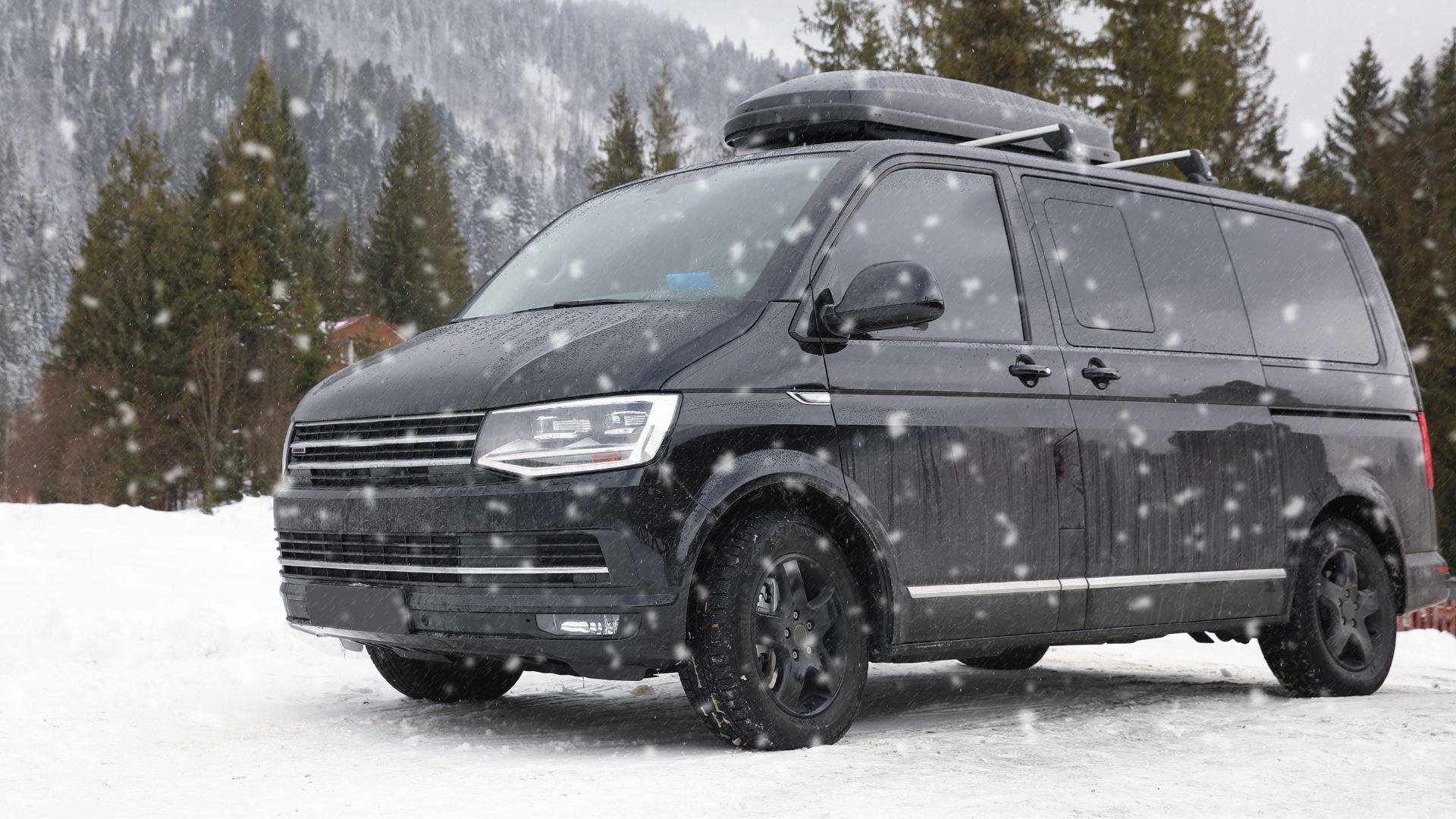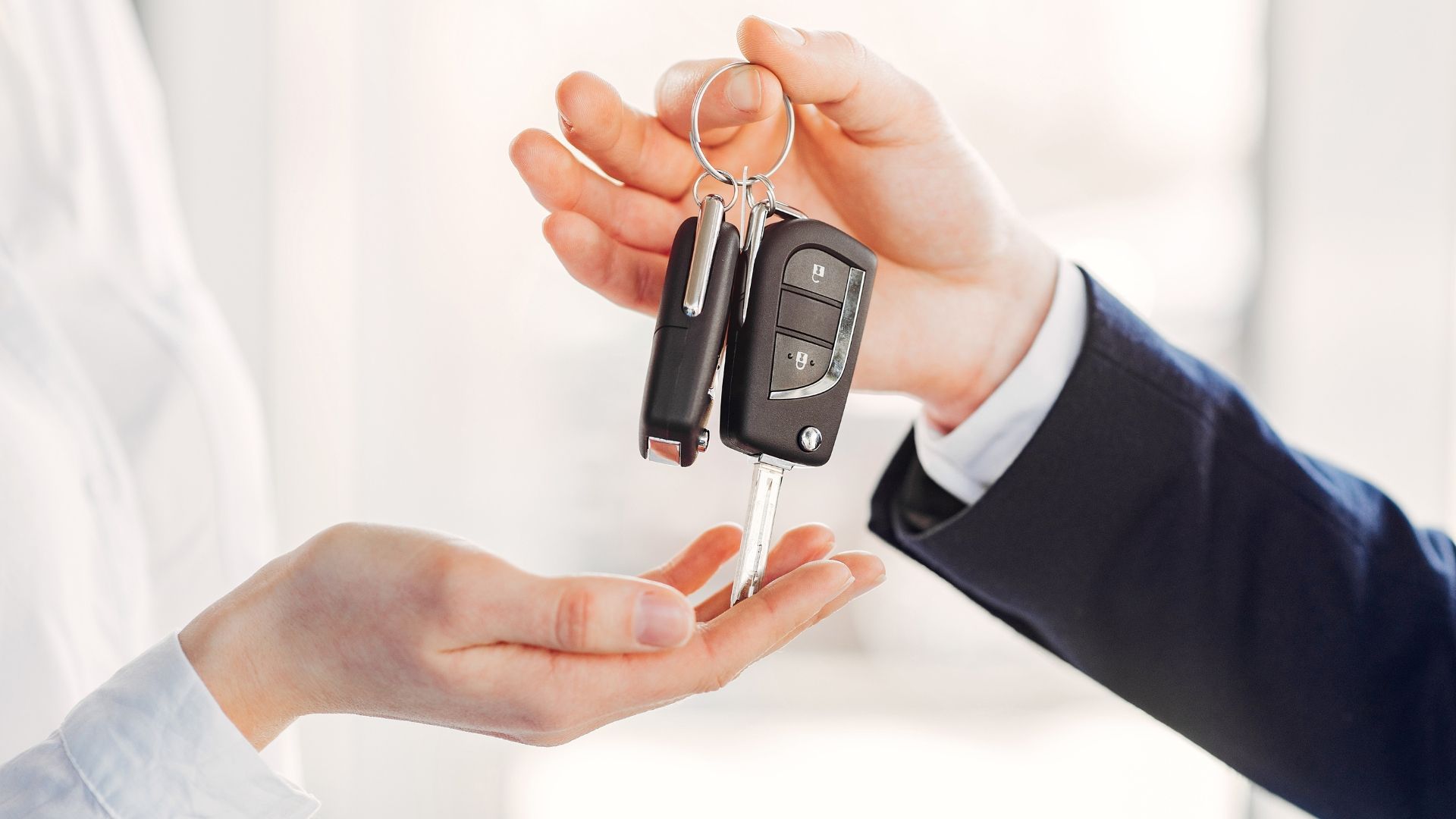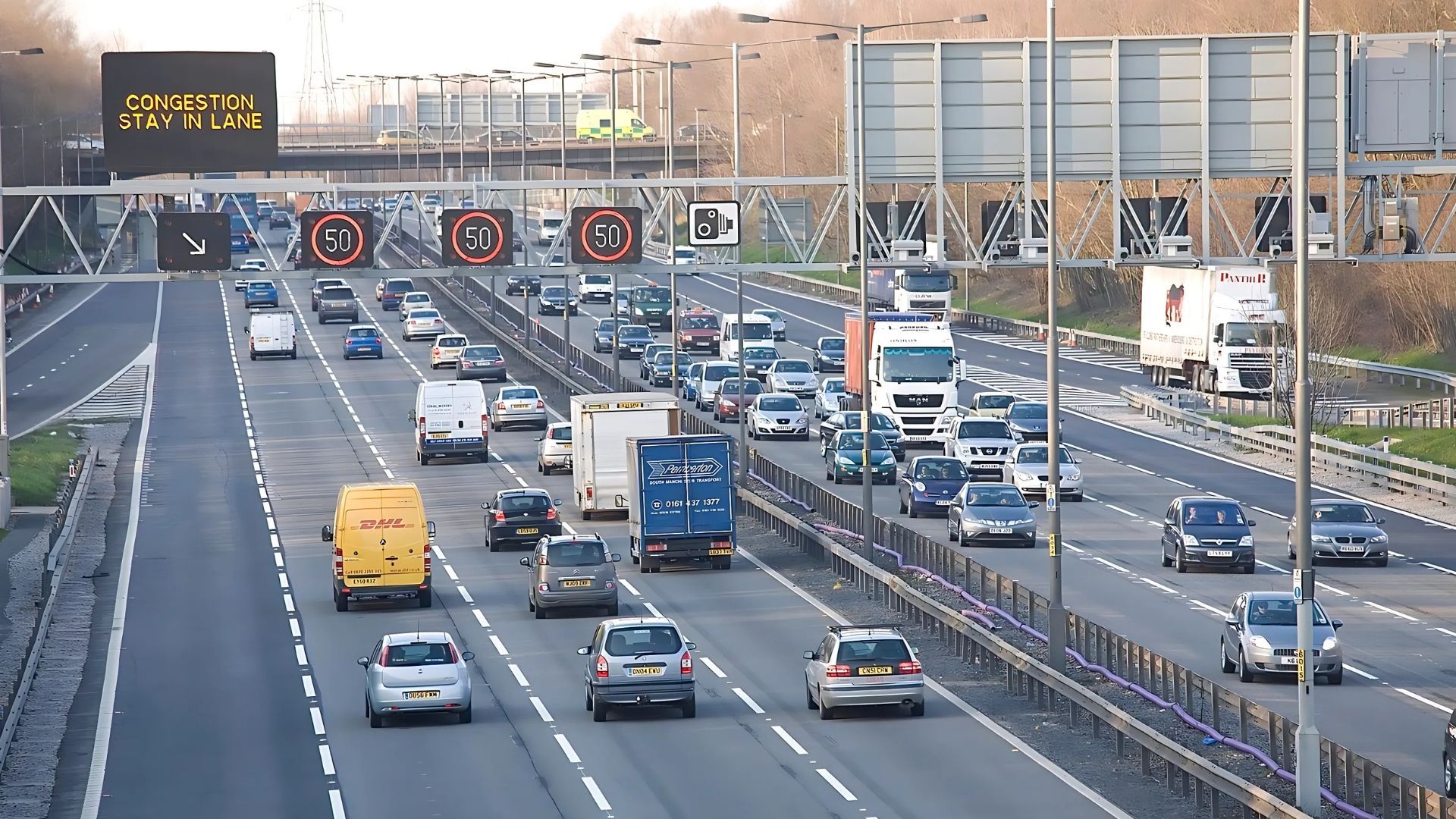Tips for a safe school trip by minibus
It's longer and heavier than a car – and you've got passengers! But follow our minibus safety tips and you'll be ready for an (almost) stress-free school trip.
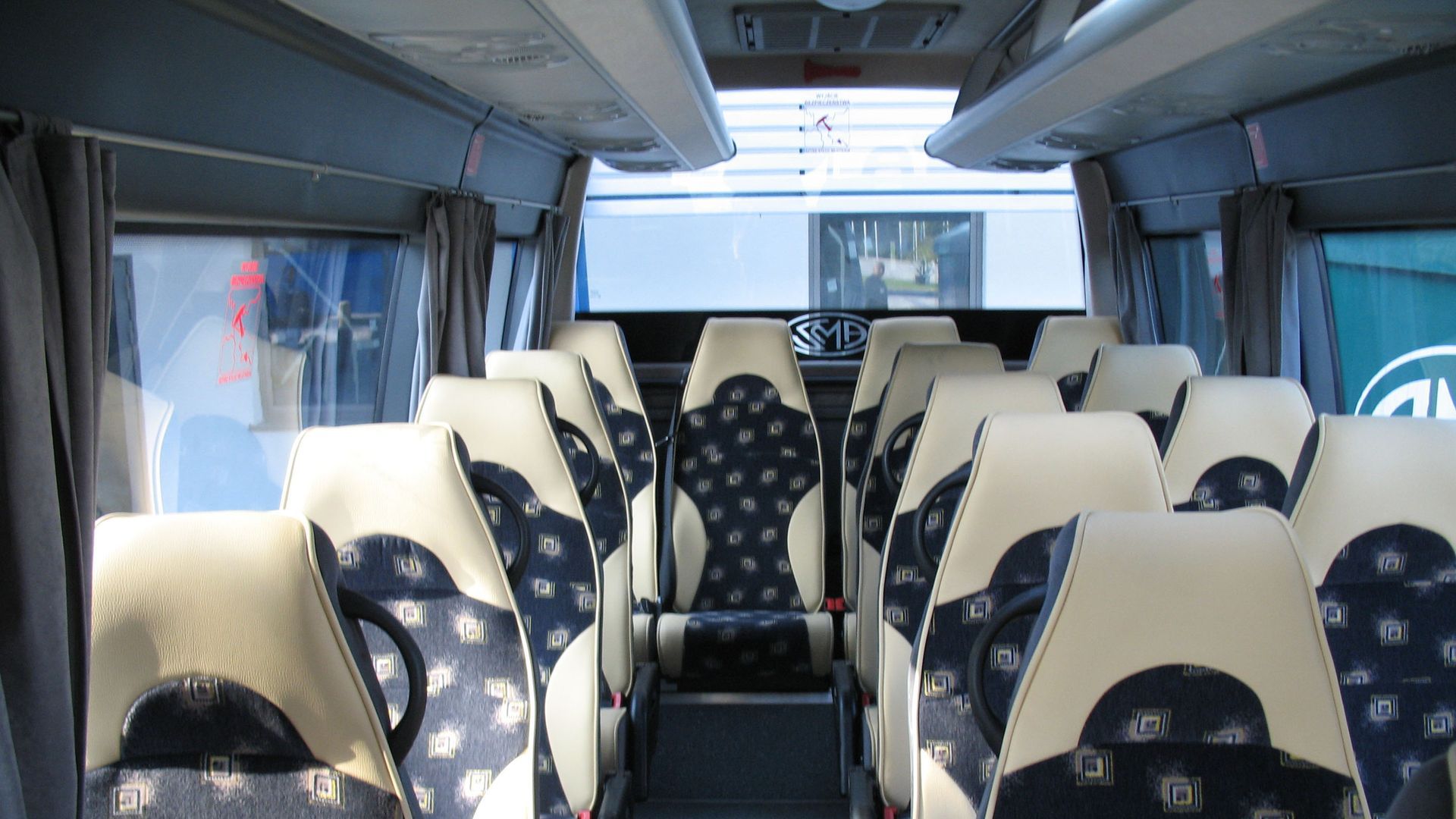
Are you arranging a school trip? Are you planning to hire a minibus for the journey?
Don't worry if you feel trepidatious – that's normal. Whether you're driving the minibus or not, keeping scores of kids safe and under control is hardly painting by numbers.
The good news is that we're here to help. We've put together these tips to help teachers and drivers (and teacher-drivers) get from A to B and back without incident.
Bear in mind that we're just giving general pointers and nothing in this article should be construed as legal advice. We're here to point you in the right direction – but school policy and the law should govern your decision-making before anything else.
With that said, onto the risk assessment.
Start with a risk assessment
In preparation for your trip, conduct a risk assessment, plan for emergencies and ensure suitable insurance and first aid cover are in place.
There are various risk assessment templates available online – including this one by Halsbury Travel and this one by The School Travel Company. However, remember that these are guides and may not be comprehensive.
Get the right teacher-pupil ratio
How many adults does it to supervise a class of rowdy kids?
No, it's not a Christmas cracker joke. It's an important consideration for any school trip – and it's vital that you get it right.

Health and Safety of Pupils on Educational Visits, published by the Department of Education, recommends:
- One adult per six pupils in years 1 to 3
- One adult per 10 pupils in years 4 to 6
Specific staff ratios for school trips are not prescribed in law. However, a risk assessment will determine the need for extra adult helpers or specialised instructors, bearing in mind that one will need to drive without distraction.
Consider licence restrictions
To drive a minibus with up to 16 passenger seats on a normal car licence (non-D licence), you must meet certain criteria.
- You must be 21 or older (but under 70 if you want to avoid more paperwork and medical requirements).
- You must have had your driving licence for at least two years.
- You must be driving voluntarily for social purposes by a non-commercial body and therefore receive no payment or other consideration for driving, other than out-of-pocket expenses. (This can get complicated – see the "permits" and "hire or reward" sections below.)
- The maximum authorised mass (MAM) of the minibus must not be more than 3,500 kilograms, plus up to 750 kilograms of permanently fixed specialist equipment for disabled passengers. (This allowance is only for that equipment and cannot be used for anything else.)
- You must not be towing a trailer.
- If the licence only authorises the driving of automatic transmission vehicles, then this restriction also applies to the driving of the minibus.
If you require a minibus with a MAM of over 3,500 kilograms (or 4,250 kilograms with specialist equipment), you must have a D1 licence. If your licence was issued after 1997, check for the "101" in the D1 column on the back of your licence. If it's not there, you'll need to take the D1 driving test.
Bear in mind that the advice above only applies to non-commercial schools and charitable organisations. The rules may be different for commercial schools and similar entities. In any case, seek independent legal advice if you're not 100% sure of the facts.
Review restrictions on driving for hire or reward
What is hire or reward?

This is a charge for remuneration of persons or goods on behalf of third parties. If you need to charge passengers to cover your running
costs, rental or petrol, then you need to apply for a Section 19 minibus permit, subject to certain restrictions:
- The vehicle can carry between nine and 16 passengers.
- You're driving it for a voluntary organisation that benefits the community.
- The passengers, therefore, would only be from that organisation, not the general public.
- Any charges made are to cover running costs and are not for profit.
- The driver is 21 years old or older.
The rules around hire or reward can get very complicated. For instance, there's the question of whether private schools – by taking money from caregivers in return for educational services – are in effect operating for hire or reward. In cases like this, a PCV licence is likely to be required. Again, obtain independent legal advice if you're not sure.
For the up-to-date facts, refer to GOV.UK.
Tips for driving safely
1. Take the minibus on a test drive
If you have never driven a minibus before, it would be advisable to allow time for a few practice drives. Start your first practice run in a quiet area or large empty car park.
Adjust the seat and mirrors, making sure you feel comfortable and have good visibility. Once you feel comfortable, try driving in different environments. For example, you could try joining carriageways and negotiating narrow lanes, roundabouts and tight corners. It's better to be prepared than try these manoeuvres out for the first time with passengers on board.
2. Duck!
Beware of the extra height of the vehicle when approaching low bridges or entering a multi-storey car park. Practise overtaking, remembering you will have slower acceleration than you are used to – and exercise caution when manoeuvring back into a lane.
3. Practise braking
Is this really necessary? Yes. You will require a longer stopping distance than usual, so be alert to what is happening ahead and drive accordingly, leaving plenty of space between your vehicle and the vehicle in front.
4. Know your width
You will need to make wider turns to avoid clipping walls or mounting the pavement. All of this is best practised when you have an empty vehicle.
5. Avoid distractions
How do you avoid distractions when driving a minibus full of schoolchildren?
Always appoint a bus captain. This could be another adult teacher or a responsible older person who will keep order and maintain discipline, allowing you to concentrate on driving.
6. Map out your journey
Check out your route in advance, including alternative routes in case of diversions or heavy traffic buildup, making sure that the route is suitable for a vehicle of this size.
A satnav is always useful in this regard, as it will alert you to any trouble ahead on your route and keep you appraised of the speed limit.
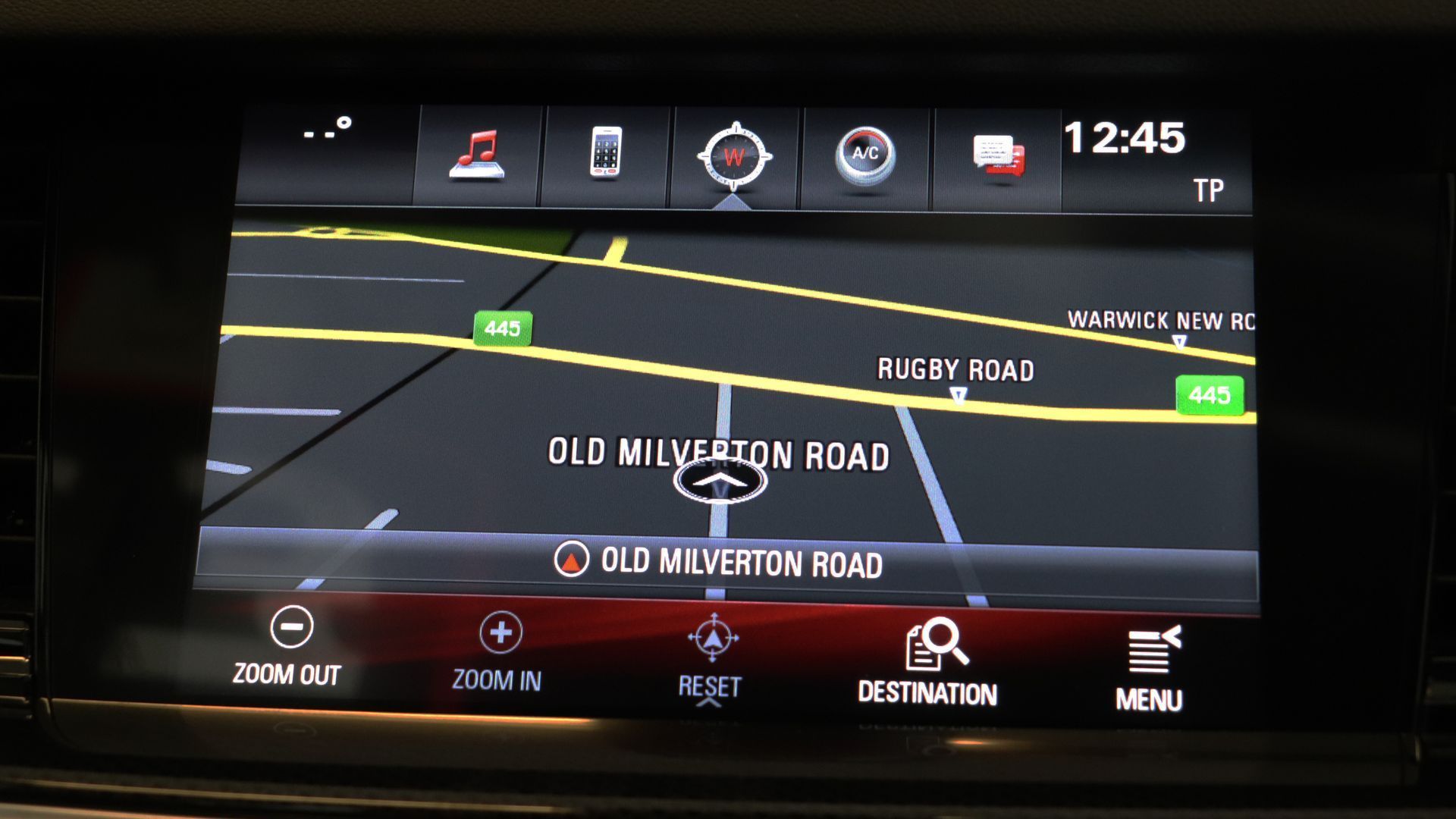
If you need to reroute, stop the vehicle in a safe place and adjust the satnav.
After establishing journey times, allow extra time for breaks and plan your stops, ideally at least every two to three hours (and especially when transporting children). Driving a minibus requires more concentration than driving a car and will therefore be more tiring.
7. Check the weather
Check the weather forecast and factor this into your journey time if necessary.
8. Get used to new speed limits
We all know the speed limits, right? Wrong!
On some roads, speed limits are lower for minibuses than they are for cars.
The current speed limits are below. Bear in mind that these are general limits and that on-road signage should always be followed.
- Single carriageway: 50 miles per hour
- Dual carriageway: 60 miles per hour
- Built-up roads: 30 miles per hour
- Motorway: 70 miles per hour – or 60 if the minibus is longer than 12 metres
As with any new experience, the key to success is preparation – including hiring from a reputable, experienced firm.
MVH Rental began as a minibus hire company more than 20 years ago, later expanding to offer other types of vehicles. Our friendly, helpful staff are on hand to help you with any queries and get you the vehicle you need at a price you can afford. Get in touch to get started.

